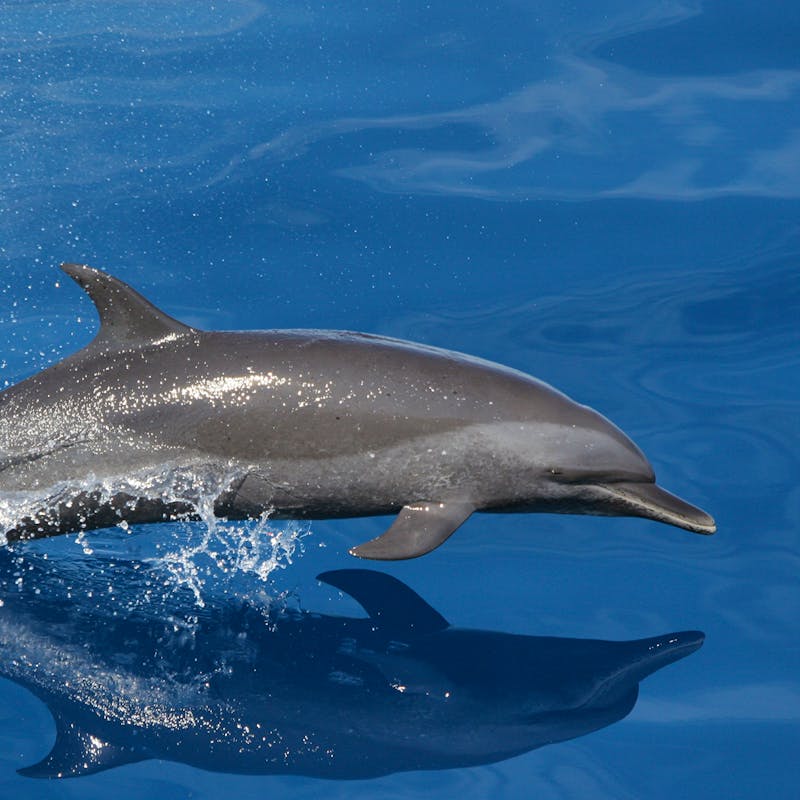Five years ago today, a catastrophic explosion on BP’s Deepwater Horizon oil drilling rig initiated one of the worst environmental disasters of our time. The initial tragedy of the deadly explosion, which took the lives of eleven rig workers, was only the beginning of an 87-day nightmare as an estimated 200 million gallons of oil gushed from the well into the Gulf of Mexico. The slick of oil on the water’s surface could be seen from space.
The Gulf oil disaster was devastating in every sense of the word. Devastating to the families of the people who lost their lives. Devastating to fishermen and local businesses that depend on a thriving Gulf to make their living. And devastating to the countless sea turtles, pelicans, fish and other wildlife that died, were injured or lost their habitat as a result of the spill. Five years later, the Gulf is still recovering from the effects of this disaster.
The BP oil spill has had serious consequences for fish reproduction, as research has shown that larval fish exposed to crude oil fail to develop properly. It damaged thousands of miles of coastline that hundreds of bird species depend on for nesting and migratory stopover habitat. A recent study has shown that oil-exposed dolphins are more susceptible to infections. The BP spill’s effects were profound and long-lasting in every natural system they touched, whether on land or in the water.
With the five year anniversary here, many are reflecting on this tragedy, so you’d think that lawmakers would learn from history, and be eager to move us to an energy future that reduces the likelihood of repeating the Gulf tragedy. Instead, they’ve doubled down on pushing their dirty energy agenda. Senator Lisa Murkowski’s budget resolution amendment would make parts of National Wildlife Refuge lands available to states for oil drilling. This could have disastrous consequences for wildlife refuges across the United States. It might even have implications for the coastal plain of the iconic Arctic National Wildlife Refuge, which has been under attack from pro-drilling legislators like Murkowski for decades.
We’ve seen this movie before, and we know it doesn’t have a happy ending. Remember the Exxon Valdez shipwreck in 1989 (at least 11 million gallons)? Or the Santa Barbara off-coast oil blowout in 1969 (nearly four million gallons)? Whether the cause is human error, equipment failure, or a willingness to cut corners to save money, the end result is that where there are drills, there are spills, and miles of Gulf waters and coastal habitat may never be the same. And as we’ve learned from Shell’s 2012 debacle in the Chukchi Sea, when the state-of-the-art Kulluk drilling barge was set adrift, advanced technology is no guarantee of protection. And yet our leaders in the Senate want to give states the authority to introduce the risks of energy development onto parcels of land specifically designated as wildlife habitat.
As we look back on the BP oil spill disaster, let’s also look to the future. We need to ensure the safety of our nation’s vulnerable wildlife habitat. We need to invest further in alternative, cleaner energy that doesn’t contribute to climate change or pose such a great threat to the environment. And we need to keep harmful energy extraction out of our national wildlife refuges.






